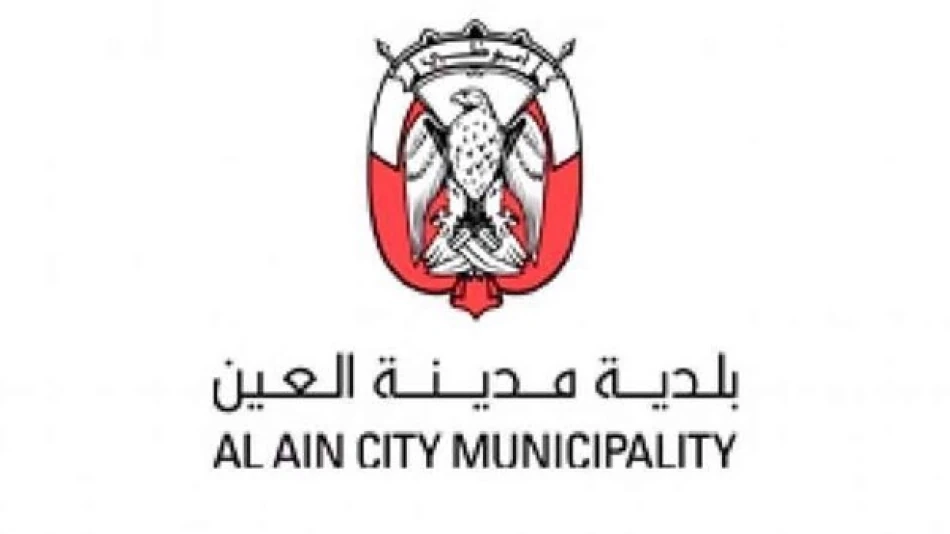
Al Ain Municipality Transforms "Wadi Al Sarouj" into a Comprehensive Recreational Destination
Al Ain Municipality has launched a major development project for Wadi Al Sarooj Forest, turning this natural area into a complete recreational destination. The project spans 1.8 hectares and includes an artificial lake, walking paths, and solar-powered lighting while preserving 5,600 native trees including sidr, ghaf, and samr species.
The development reflects Al Ain's strategy to balance urban growth with environmental conservation. The city wants to boost domestic tourism and improve quality of life by creating destinations that showcase the region's natural heritage.
Wadi Al Sarooj Forest stretches 1.6 kilometers and serves as a natural breathing space for residents and visitors. The site already housed thousands of indigenous trees before development began, making it an ideal location for eco-tourism initiatives.
Engineer Maitha Al Balushi, the project manager at Al Ain Municipality, explained the scope of improvements. Workers built a 7,000-square-meter artificial lake surrounded by 50 seating areas and illuminated walkways. The team preserved 39 existing trees around the lake, including native species that were already established in the area.
The walking network covers more than 9,500 square meters, with an additional 900-meter sandy path for visitors who prefer softer terrain. This gives people different options for exercise and relaxation in peaceful natural surroundings.
The forest now runs on 260 solar-powered lighting units plus modern illumination systems that make evening visits safe and attractive. The municipality also added bike rental services and sustainable environmental activities that encourage visitors to explore the forest through eco-friendly methods.
For the second consecutive year, the forest hosts the "Saba Market" events. Last season drew over 26,000 visitors and featured 1,800 projects from local families and businesses across 195 product display platforms. This shows how the forest has become a hub for community activities and tourism.
The project demonstrates how cities in the UAE are rethinking green spaces. Instead of just maintaining parks, municipalities are creating integrated destinations that serve multiple purposes - environmental conservation, recreation, and economic activity through local markets and events.
For Al Ain specifically, this matters because the city competes with Dubai and Abu Dhabi for tourist attention. By developing unique eco-tourism sites, Al Ain can attract visitors interested in nature-based experiences rather than just shopping and urban attractions.
The solar lighting system also aligns with the UAE's broader sustainability goals. Using renewable energy for public spaces reduces operational costs while supporting the country's commitment to clean energy initiatives.
Most Viewed News

 Layla Al Mansoori
Layla Al Mansoori






